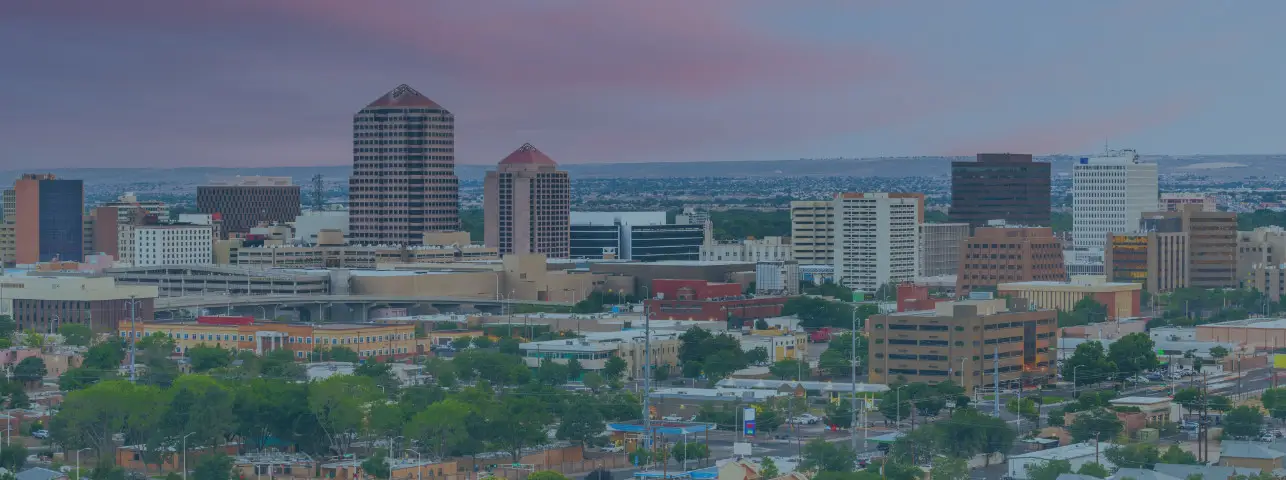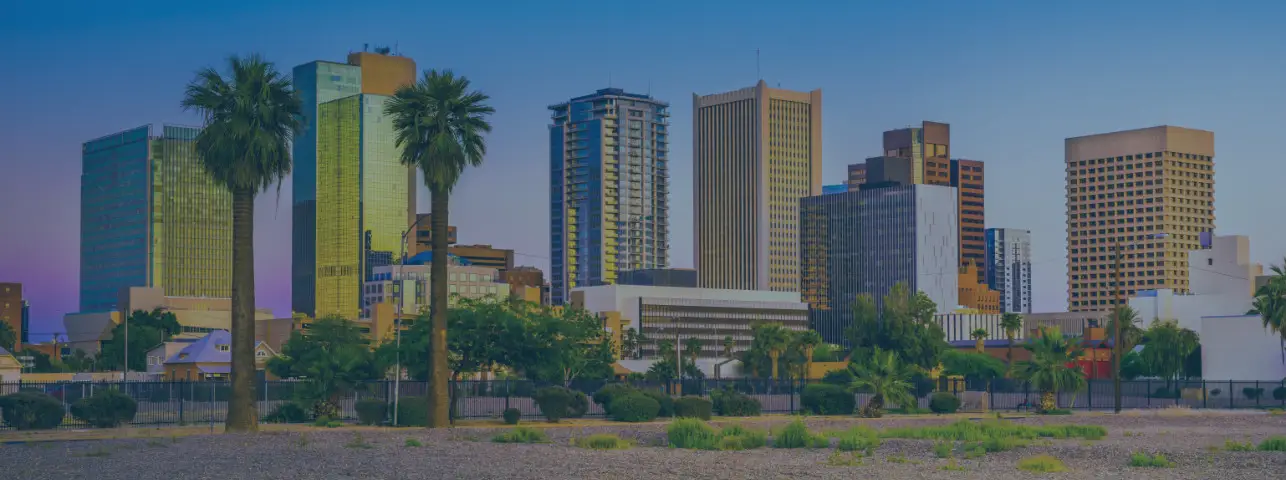CALL (800) 863-5312 TO SPEAK WITH DALLAS WORKPLACE INJURY LAWYERS FOR FREE
Workplace accidents can occur in a variety of employment contexts, regardless of whether the workplace seems inherently dangerous, like a construction site. workplace injuries can inflict severe hardship on an injured individual’s livelihood, health, and well-being.
Accidents in the workplace concern a broad range of issues and laws that differ from accidents that occur in other contexts. Employees should know what to do if they are involved in any workplace accident, especially those that result in substantial harm or injury.
If you or a loved one has been injured in a workplace accident, call Zinda Law Group at (800) 863-5312 for a free case evaluation with our Dallas workplace injury attorneys.
What is a Workplace Accident?
A workplace accident is any unexpected occurrence or event that takes place during the course of employment that results in physical or mental injury to an employee. In 2019, the Bureau of Labor Statistics reported that private industry employers reported over 2.8 million nonfatal workplace injuries and illnesses. Likewise, the incidence rate revealed that private industries reported approximately 2.8 workplace accidents per every 100 full-time workers.
Texas is especially dangerous for workers. In 2019, a Texas worker died on the job
For a free legal consultation with a workplace accidents lawyer serving Dallas, call 800-863-5312
The definition of workplace accident continues to evolve as the country’s employment landscape shifts due to changing technology and consumer demands. Although the specifics of workplace injuries have changed as national markets grow and modernize, workplace injuries still produce substantial litigation in the United States.
Regardless of where you work, there is a chance that you may be injured on the job. Consequently, injured individuals should seek professional advice immediately to potentially mitigate their injuries and overall damages.
Call or text 800-863-5312 or complete a Free Case Evaluation form


























